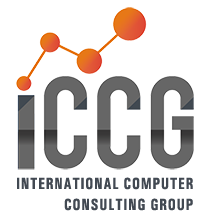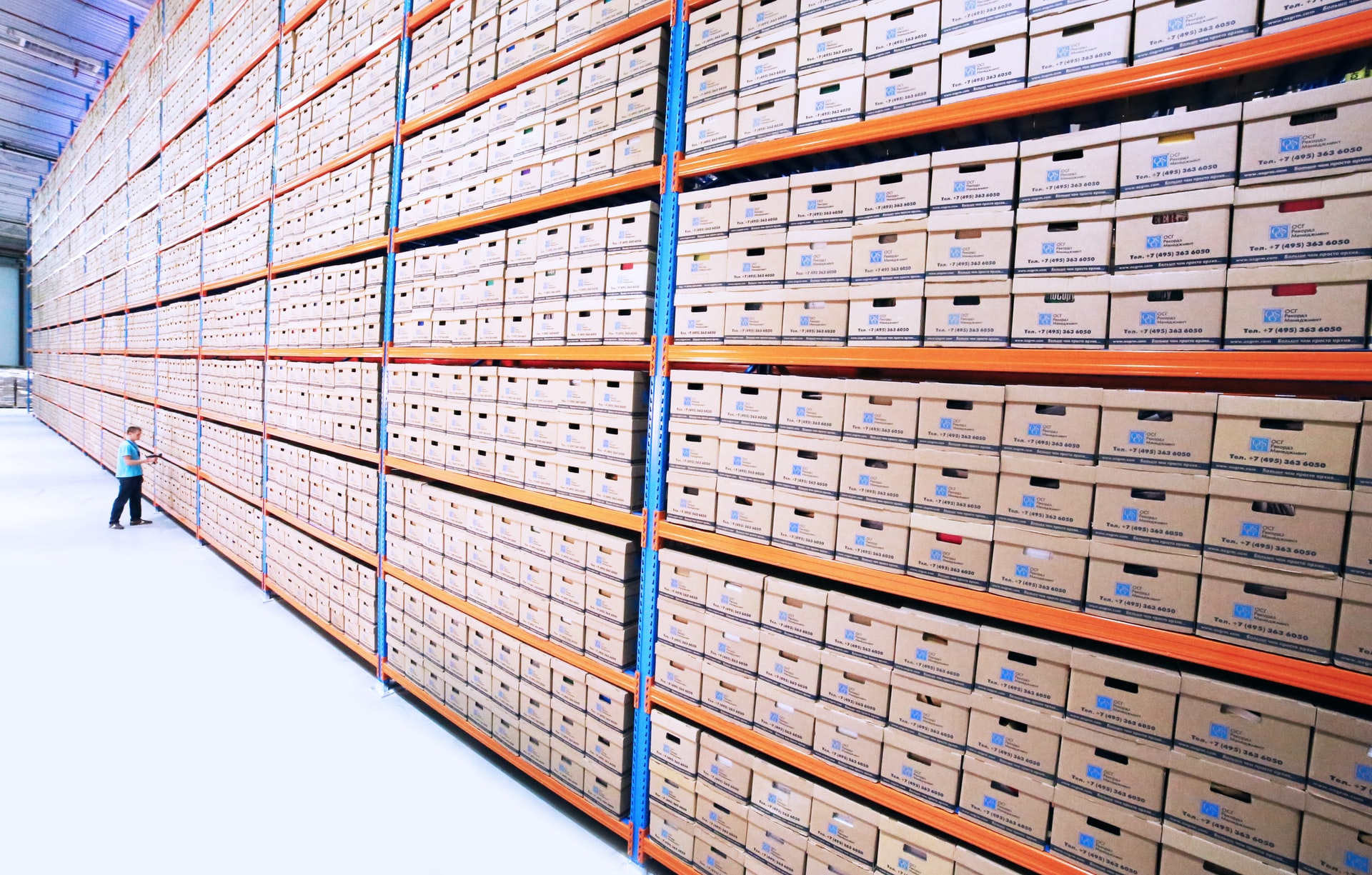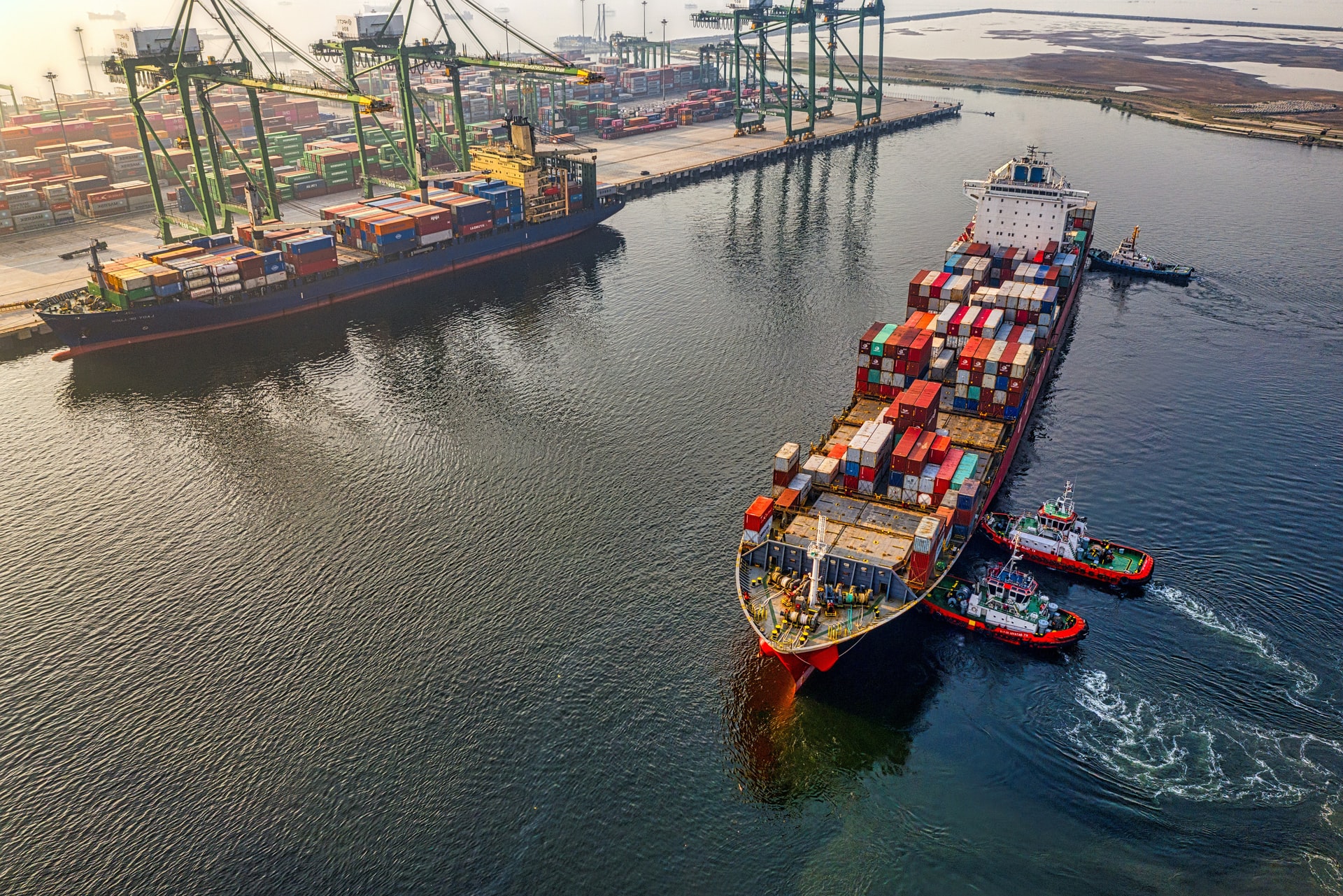Many organizations tend to view warehouse operations as cost centers due to the labor, equipment, and physical inventory. However, with business models rapidly changing through e-commerce, omnichannel, curbside pickup, 3D printing, and more, warehouse operations empower a company to gain a competitive advantage by ensuring customer loyalty and brand excellence stay intact as products enter the last mile.
Common warehousing challenges
Warehouse directors understand the challenges most, if not all, distribution centers manage. These challenges cover a wide range of issues which include picking optimization, inventory management, operational strategy, employee management, returns, and much, much more.
Picking challenges
For example, a large amount of productivity is often lost due to insufficient item master data. Poor inventory placement across the warehouse can result in increased costs and reduced productivity without the correct item and location slotting for concepts such as seasonality, promotional activities, and sales projections.
Furthermore, many companies lack visibility into inventory quantity and location accuracy due to a heavy reliance on spreadsheets, pick sheets, the absence of cycle counts, capacity constraints, or a lack of digital monitoring together. No visibility into inventory quantities or throughput can result in declining fulfillment rates, stockouts & backorders, decreased service levels, and waning customer loyalty and sales opportunities.








.jpg)

